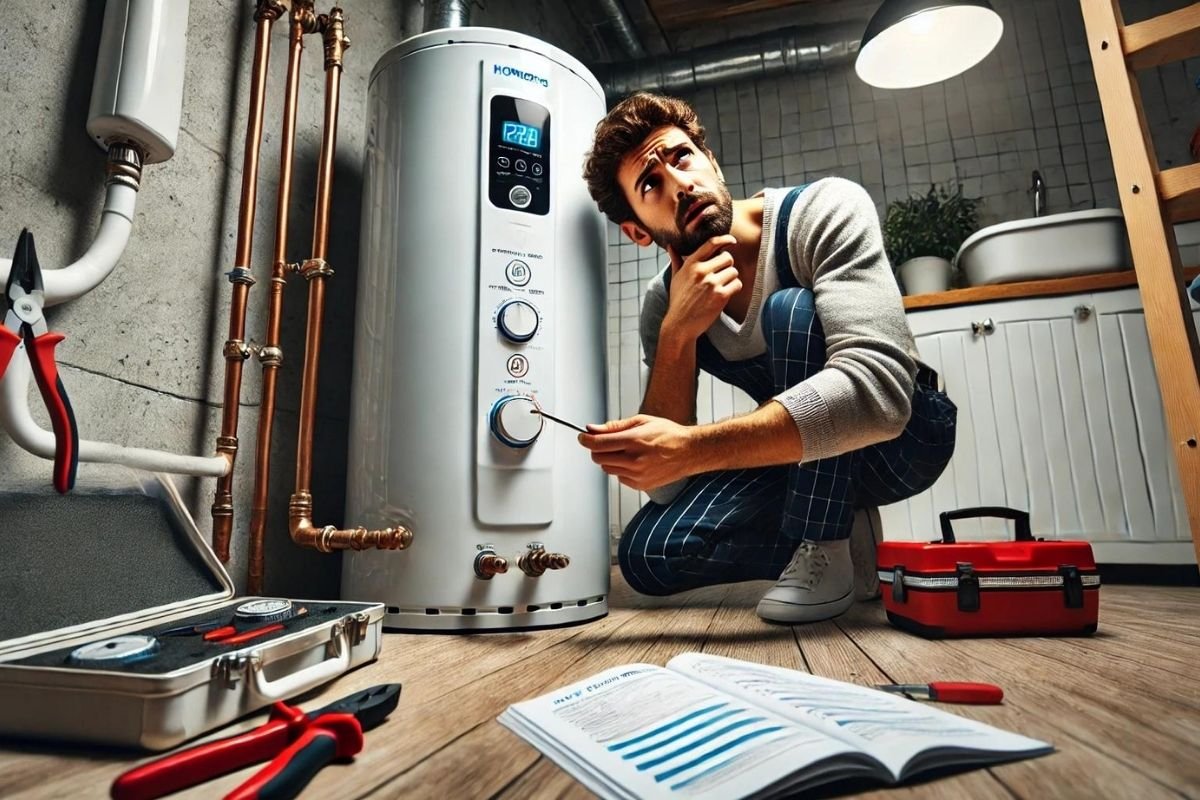Introducing a new water heater ought to bring the solace of solid hot water on request. In any case, it very well may be baffling when you turn on the tap just to find that your new water heater has no hot water. This issue can be baffling, particularly when you’ve put resources into a pristine unit anticipating that it should perform faultlessly. In this nitty gritty aide, we’ll investigate the potential purposes for this issue, give investigating steps, and examine when calling a professional may be important.
Common Reasons for No Hot Water from a New Heater
When a new water heater has no hot water, the causes can go from establishment blunders to basic oversight. Perhaps the earliest thing to check is whether the unit is getting power. For electric water heaters, guarantee that the electrical switch hasn’t stumbled. Gas water heaters, then again, require checking assuming the pilot light is lit or on the other hand in the event that the gas supply is appropriately associated.
Another potential reason could be an issue with the indoor regulator settings. Assuming the indoor regulator is set too low, the water may not be warming to the ideal temperature. It’s vital to affirm that the indoor regulator is set accurately, normally between 120 to 140 degrees Fahrenheit for ideal execution.
At times, air pockets caught in the water lines after establishment can keep hot water from streaming. This can occur in the event that the framework wasn’t as expected drained during the establishment cycle. Furthermore, a breaking down warming component or an imperfection in the water heater itself, albeit uncommon in new units, could be the guilty party.
Step-by-Step Investigating Guide
Before you alarm about your new water heater having no hot water, there are a few investigating steps you can take to distinguish and potentially resolve the issue. Begin by guaranteeing that the water heater is accurately fueled or provided with gas. Check the breaker box for any stumbled circuits or the gas valve for appropriate arrangement.
Then, inspect the indoor regulator settings. Guarantee the indoor regulator is set to a suitable temperature, and change it if essential. On the off chance that the water heater is electric, test the warming components for progression utilizing a multimeter. This will help decide whether the components are working as they ought to.
Assuming you suspect that air is caught in the lines, take a stab at opening the hot water taps all through your home to permit any air pockets to get away. This can assist with reestablishing normal water stream and temperature.
For gas water heaters, in the event that the pilot light isn’t lit, adhere to the producer’s guidelines to relight it. Make certain to check for any potential gas spills, as security is fundamental while managing gas apparatuses.
When to Call a Professional?
If your new water heater has no hot water regardless of your best investigating endeavors, it could be an ideal opportunity to call an expert. A guaranteed expert can lead an intensive review to distinguish any basic issues that probably won’t be promptly evident.
Establishment mistakes are a typical justification behind an absence of hot water, and an expert can confirm whether the unit was introduced accurately. They can likewise check for industrial facility surrenders or other specialized issues that could be influencing the exhibition of your water heater.
Besides, on the off chance that the issue includes more complicated fixes, for example, supplanting a broken indoor regulator or warming component, an expert’s skill guarantees that the task is finished securely and accurately, safeguarding the guarantee and expanding the life expectancy of your water heater.
Maintaining Your New Water Heater for Ideal Performance
To keep away from issues like no hot water from a new heater later on, customary upkeep is pivotal. Begin by flushing the tank something like once every year to eliminate residue development, which can affect the proficiency and life span of your water heater.
Consistently investigating the anode pole and supplanting it when vital can forestall consumption inside the tank. This basic support assignment can altogether expand the existence of your water heater.
Finally, screen the indoor regulator settings occasionally to guarantee they stay inside the ideal reach. This not just aides in keeping up with predictable water temperatures yet additionally further develops energy productivity, diminishing your service bills over the long haul.

